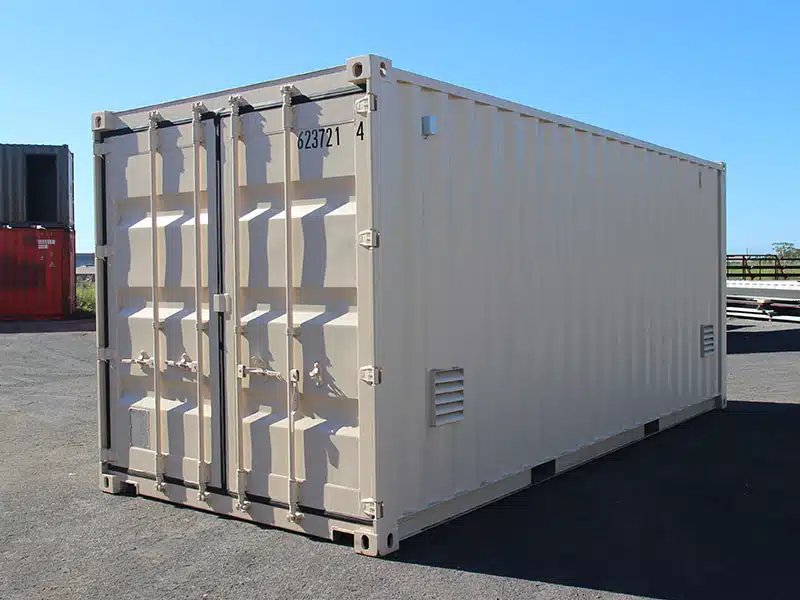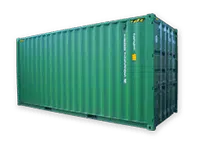Most people don’t consider how far the items in their homes have travelled before reaching their final destination. From cell phone parts from Southeast Asia to Madagascar vanilla beans, a lot of the everyday items we use experienced a long shipping container journey before ending up in kitchen cupboards and on living room coffee tables. To reflect back on the impact shipping containers have made on modern society, fostering globalisation almost as much as the internet – and having an even more profound effect on island nation’s like Australia, where 99 percent of our trade happens via ocean freight – the Australian National Maritime Museum in Sydney is running a fascinating exhibition on containerisation. Container: the Box that Changed the World will be on exhibit from 26 October 2017 to 4 July 2018.
The Birth of Containerisation
The idea behind shipping containers was triggered by the inefficiency of the prevailing methods that were being used to move cargo. About 80 years ago, a trucker from North Carolina, Malcolm McLean, pioneered the concept. He was frustrated with the slow process of truck cargo loads, which would take days to weeks to be broken down and then repacked on cargo ships, before they could be shipped between ports.
Shipping containers ended up revolutionising international trade, suddenly making it easier – and cheaper – to transport goods long-distances. This also led to the development of dozens of new port cities, which didn’t exist when McLean first spearheaded containerisation.
How many shipping containers are traversing the world’s oceans today? An estimated 539 million are shipped every year from ports around the globe.
A Future that Moves Beyond Cargo
Containerisation is the reason consumers have cheap access to international products. The contents of the typical living room have travelled two and a half times the distance from the Earth to the moon in shipping containers.
These steel ‘boxes’ have become an intrinsic part of modern day commerce and an everyday sight in port cities from Sydney to Busan. But today, the use of shipping containers is evolving. The same innovative mindset that led to the idea for shipping containers is finding new, ultra-efficient uses for them. Their durable and practical construction has inspired builders, architects and business owners in Australia and abroad to redefine our idea of ‘containerisation,’ taking off the lid and opening up the possibilities for these near indestructible steel boxes. Shipping containers are used today as cafes, pop-up shops, swimming pools, office space, eco-friendly homes, and more.
The Sydney National Maritime Museum exhibit is a nod to the power of humble design. And at the same time, it is a nod towards the future of containerisation, hinting at the still untapped potential of shipping containers for 21st century applications.








